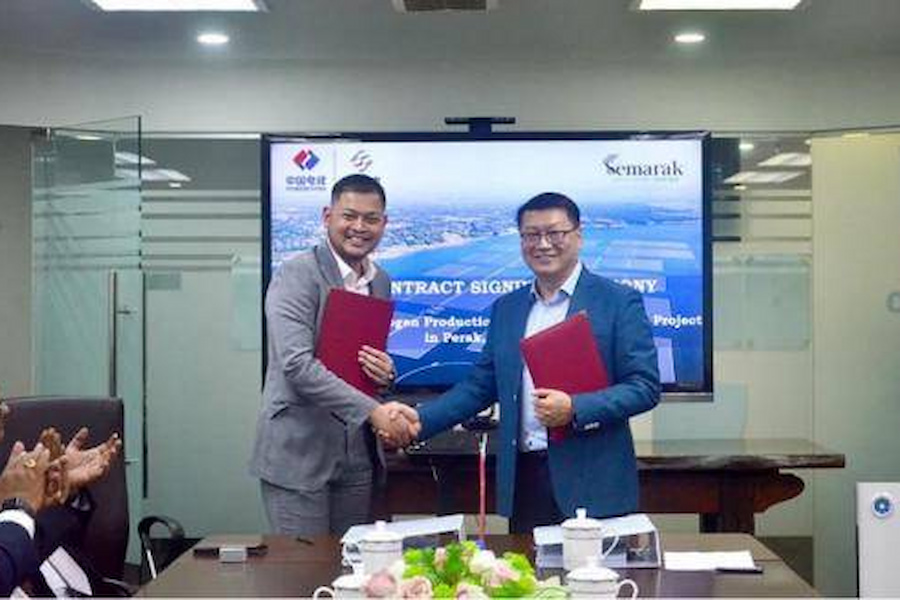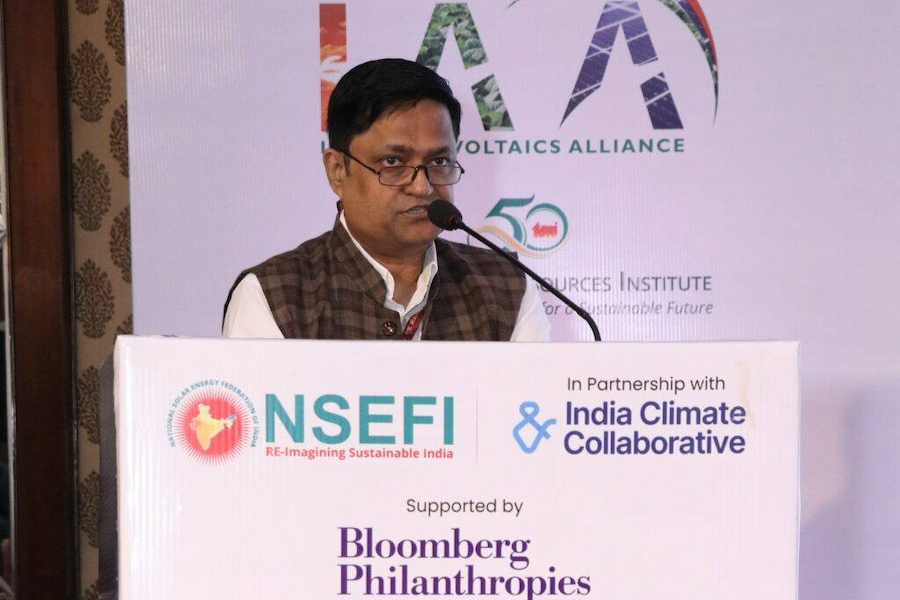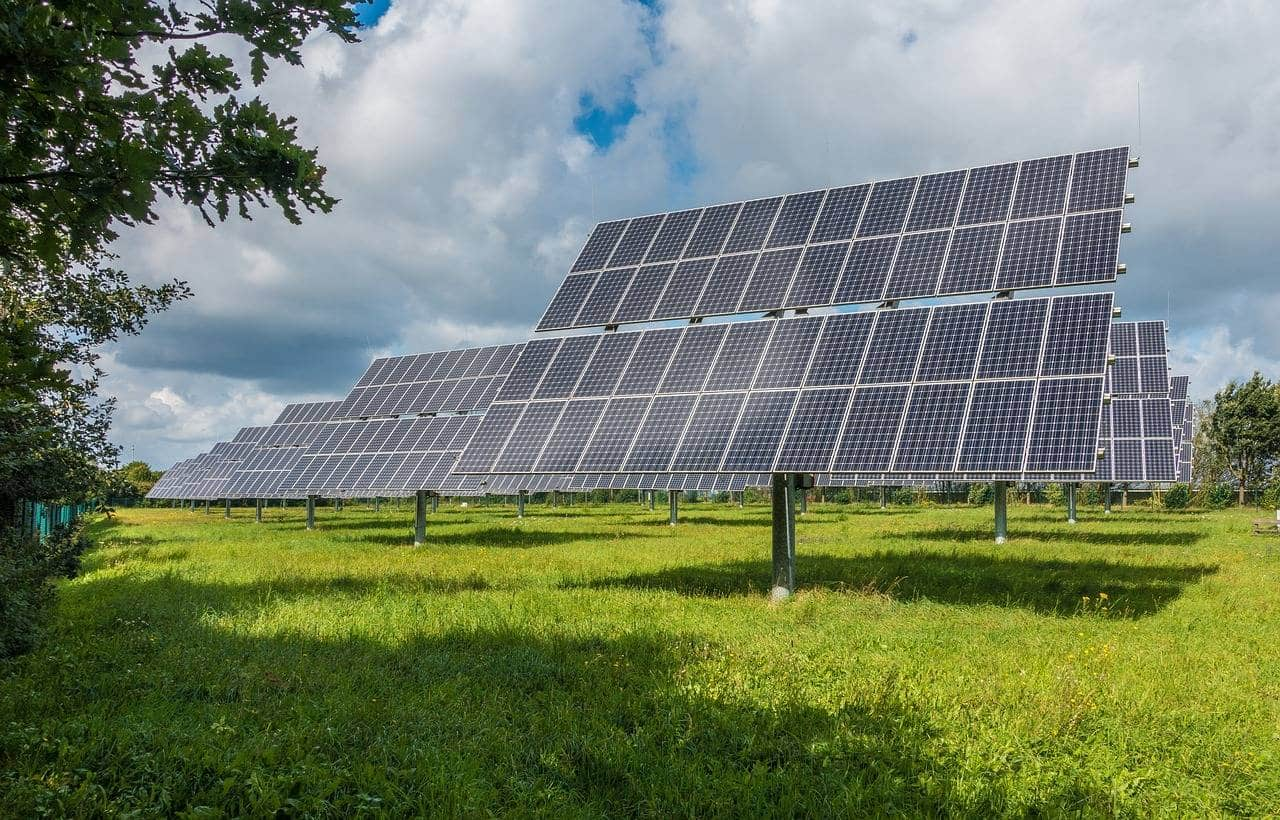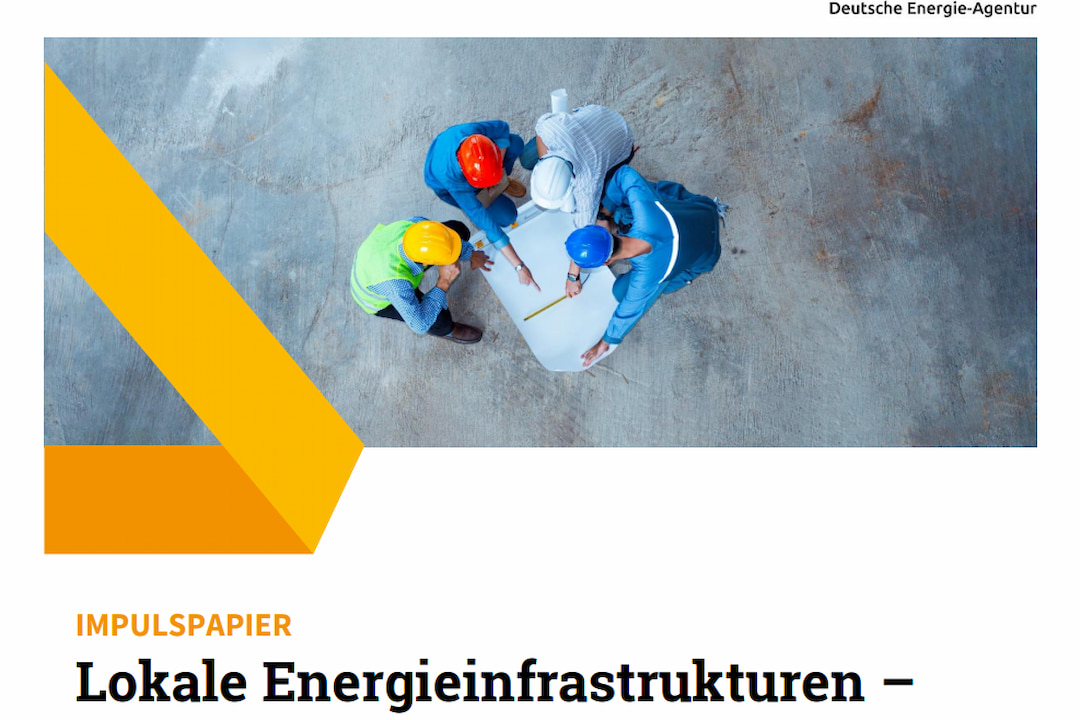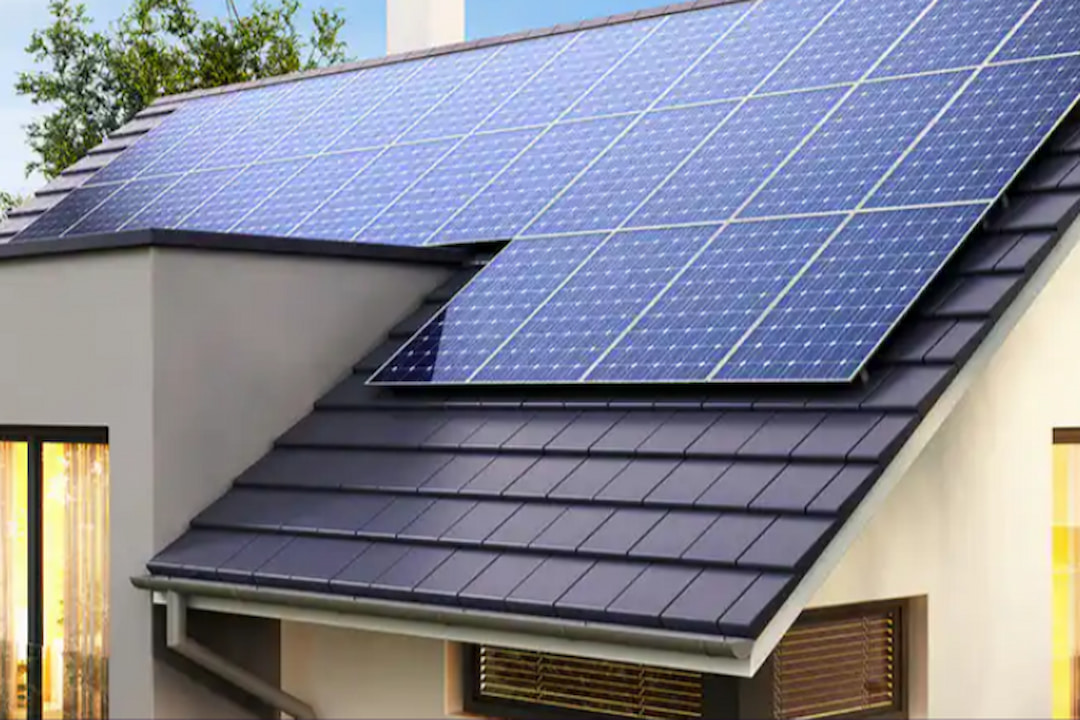On November 28th, local time, PowerChina subsidiary, China Hydro (Malaysia) Limited, officially signed an EPC turnkey contract with Malaysia's Selangor Renewable Energy Sdn Bhd for the Perak Floating Photovoltaic Power Generation, Green Hydrogen Production, and Hydrogen Storage Integration Project in Malaysia. Before the signing ceremony, both parties engaged in friendly discussions, reaching a consensus on further integrating advantageous resources and achieving mutually beneficial cooperation. Ye Haoliang, Assistant General Manager and Deputy General Manager of the Asia-Pacific Regional Headquarters of China Hydro (Malaysia) Limited, expressed that the project's planned construction involves the secondary development and utilization of abandoned tin mine lakes, aligning well with the direction of "ecological priority and green development," and holds significant importance for Malaysia's achievement of green and low-carbon transformation. China Energy will leverage its strengths, actively organize resource input, and expedite the project's completion to contribute to Selangor Renewable Energy becoming a pioneer in Malaysia's green hydrogen industry. Sasyr Mohamed Issa, Chairman of Selangor Renewable Energy, expressed appreciation for China Energy's robust capabilities in the field of new energy, looking forward to successful collaboration on this project. The project, located in Perak, Malaysia, encompasses the design, procurement, and construction of floating photovoltaic, hydrogen production units, and hydrogen storage units. Once completed, it will become Malaysia's first large-scale green hydrogen production project utilizing floating photovoltaic power generation. The successful bid and contract signing mark another breakthrough for China Energy in the Malaysian market, demonstrating its leadership in the fields of photovoltaics and hydrogen energy. This achievement is a significant outcome in the practical implementation of the high-quality construction of the "Belt and Road" initiative, showcasing China Energy's leading advantages in the integration of the entire new energy industry chain.
view more
 Share
Share








